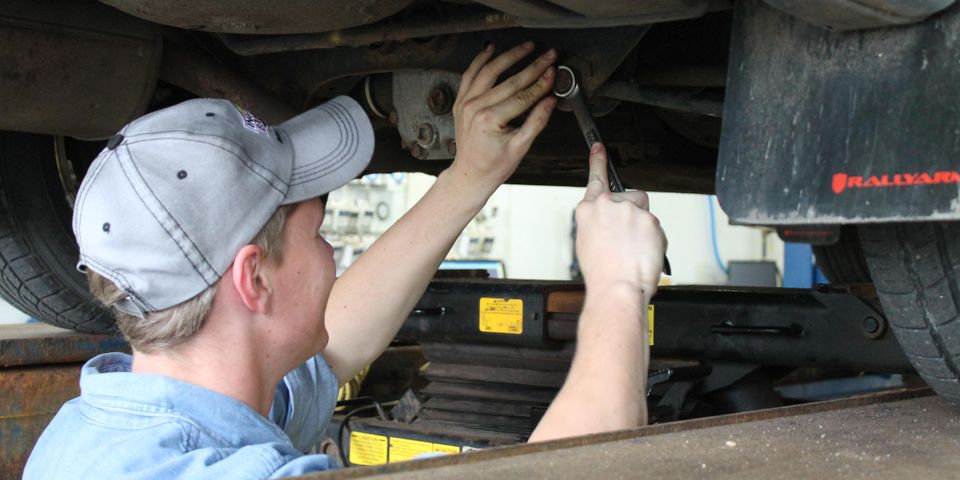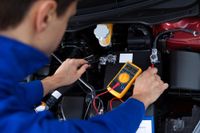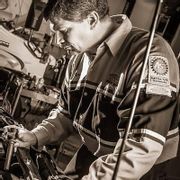What Auto Maintenance Schedule Should You Follow?

Routine auto maintenance is an essential part of vehicle ownership. Not only does it prevent sudden breakdowns, but it also extends the life span of your car and ensures its efficiency. However, many motorists find it challenging to remember what to do and when. Below is a brief service schedule you can follow.
What to Check Quarterly
Every three months, have all fluids inspected, refilled, or changed. If your vehicle’s mileage went beyond 3,000 miles, replenish the motor oil for sufficient lubrication and to prevent premature engine wear; don’t forget the oil filter as well.
Under the hood, auto maintenance technicians will check the battery’s charge and tighten connections to avoid accidental discharging. They’ll look at the condition of hoses and belts for signs of cracks or tears—however, these will typically need replacing after more than 100,000 miles.
Lastly, check the tread depth and wear on the tires, as you may need to rotate them and have the balance checked. Opt for an alignment inspection to see if your wheels are out of alignment to prevent premature tire wear.
What to Check Semi-Annually
During the six-month inspection, auto maintenance becomes more comprehensive because of the added mileage. Technicians will perform chassis lubrication, which covers suspension bushings and various joints underneath your car. At this point, you may also need to replace the engine air filter—a dirty one obstructs proper airflow, causing your engine to work harder and consume more fuel.
You should also replace wiper blades as a preventive measure against inclement weather. Refrain from waiting to change them when they leave streaks or gaps on your windshield. Additionally, have all the lights inspected, cleaned, and replace any bulbs that are out.
What to Check Annually
 Annual routine servicing covers everything—from top to bottom, front to back. The basics include checking for fluid levels, testing the battery, inspecting the tires, and tuning the engine. However, in-depth inspections also cover the coolant, brakes, transmission system, steering and suspension, and exhaust.
Annual routine servicing covers everything—from top to bottom, front to back. The basics include checking for fluid levels, testing the battery, inspecting the tires, and tuning the engine. However, in-depth inspections also cover the coolant, brakes, transmission system, steering and suspension, and exhaust.
If your vehicle accumulated 15,000 to 30,000 miles, technicians will examine the radiator hoses, inspect for fluid leaks, inspect the brake system, and inspect suspension components. Past this interval, you may need to change the battery.
Once mileage hits 60,000, checks involving the cooling system, brakes, ignition system, and suspension are essential and more frequent. These ensure your safety on the road with well-maintained components.
Following a schedule takes out the guesswork on when to bring your vehicle for auto maintenance at Miller Brothers Auto Repair. Located in Somerset, WI, their ASE-certified auto mechanics have offered exceptional servicing, such as oil changes, engine repairs, and brake services, across western Wisconsin. Call (715) 247-4100 or visit their website for more information about their services.
About the Business
Have a question? Ask the experts!
Send your question

